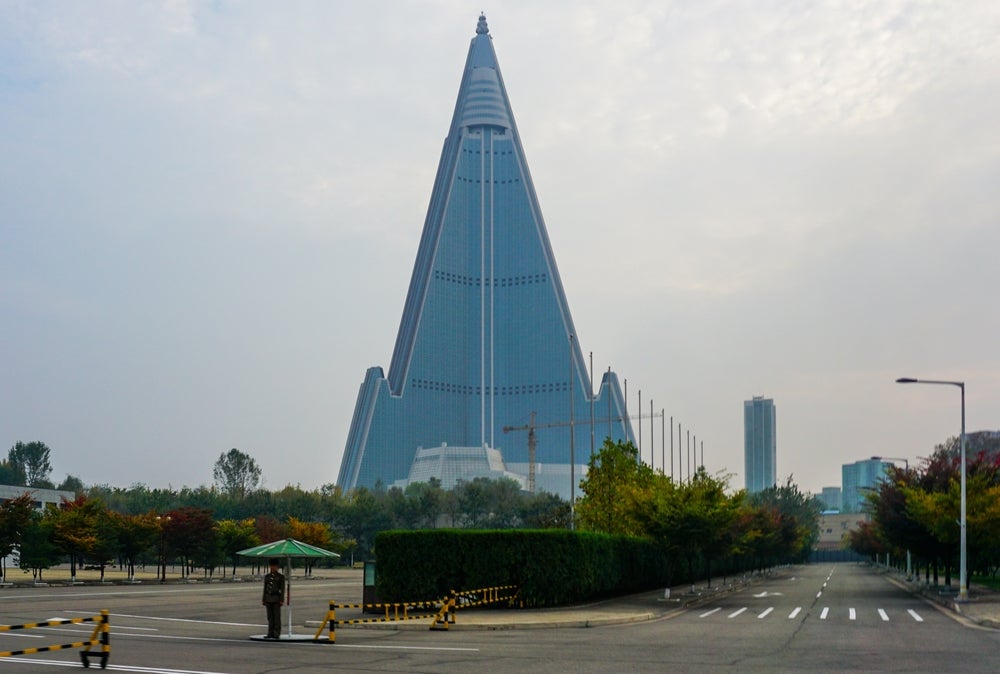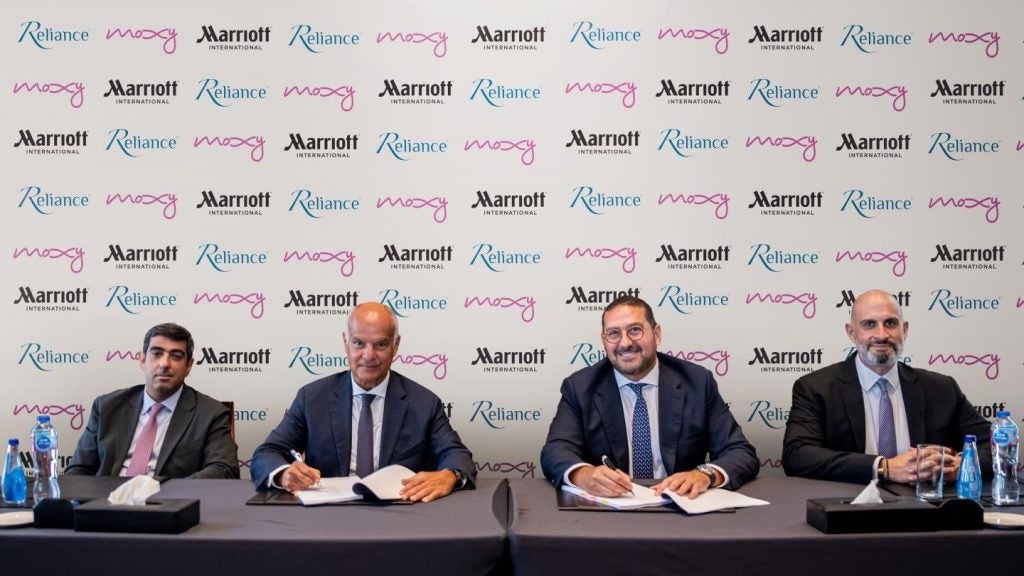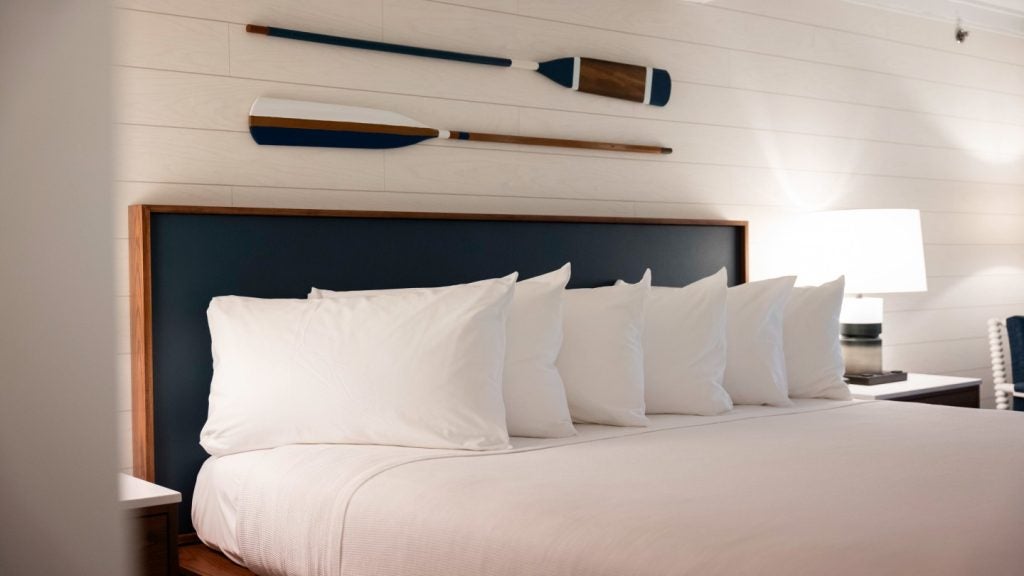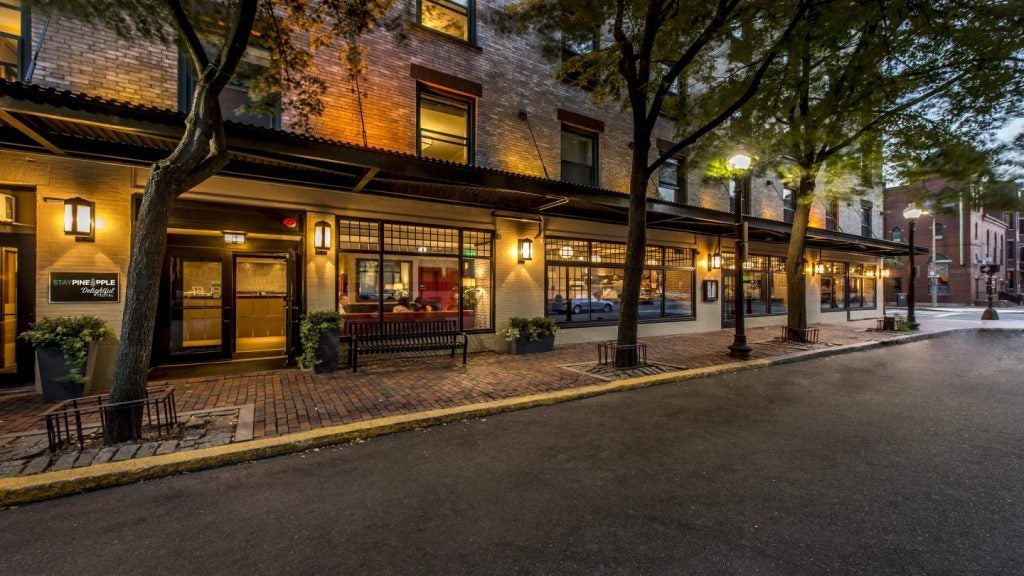
With its pyramid-shaped design and towering height of over 1,000 feet, the Ryugyong Hotel was intended to offer thousands of rooms and feature revolving restaurants offering breathtaking views.
However, despite reaching its planned height in 1992, the hotel remained vacant and earned the moniker, “Hotel of Doom.” Decades later, the fate of this grand structure still hangs in the balance, captivating the world with its intriguing past and uncertain future.
A cold war pawn
Construction began on the Ryugyong Hotel in North Korea’s capital city, Pyongyang, in 1987. The hotel emerged as a product of the Cold War rivalry between North Korea and South Korea, backed respectively by the Soviet Union and the United States.
Responding to South Korea’s accomplishments, Pyongyang planned the 1989 World Festival of Youth and Students as a socialist counterpart to the Olympics.
The construction of the massive hotel was meant to overshadow the South’s tallest hotel and claim a new world record. However, due to engineering challenges and economic strain, the completion of the Ryugyong Hotel faced setbacks.
A concrete structure
Distinguished by its pyramid shape, the Ryugyong Hotel stands out both for its aesthetics and also for its use of reinforced concrete instead of steel – a rare choice for skyscrapers.
How well do you really know your competitors?
Access the most comprehensive Company Profiles on the market, powered by GlobalData. Save hours of research. Gain competitive edge.

Thank you!
Your download email will arrive shortly
Not ready to buy yet? Download a free sample
We are confident about the unique quality of our Company Profiles. However, we want you to make the most beneficial decision for your business, so we offer a free sample that you can download by submitting the below form
By GlobalDataThe building consists of three wings sloped at a 75-degree angle, converging into a cone housing observation decks and restaurants. Calvin Chua, a Singapore-based architect, explains that the concrete construction was necessitated by a lack of advanced materials, resulting in a massive base and tapered top.
This concrete-centric approach also aligns with North Korea’s historical use of concrete in its buildings.
A second start
Construction on the Ryugyong Hotel unexpectedly resumed in 2008 after a gap of 16 years. This revival was part of a deal with Egyptian conglomerate Orascom, responsible for building North Korea’s 3G network.
The removal of the old crane and the installation of glass and metal panels transformed the hotel’s exterior, giving it a sleek appearance. Completed in 2011, the changes sparked speculation about the hotel’s opening.
But despite German luxury hotel group Kempinski’s announcement of partial management in 2012, the project did not come to fruition. Doubts therefore still remain about the building’s structural integrity and the difficulty of fitting it out.








Related Company Profiles
Kempinski AG